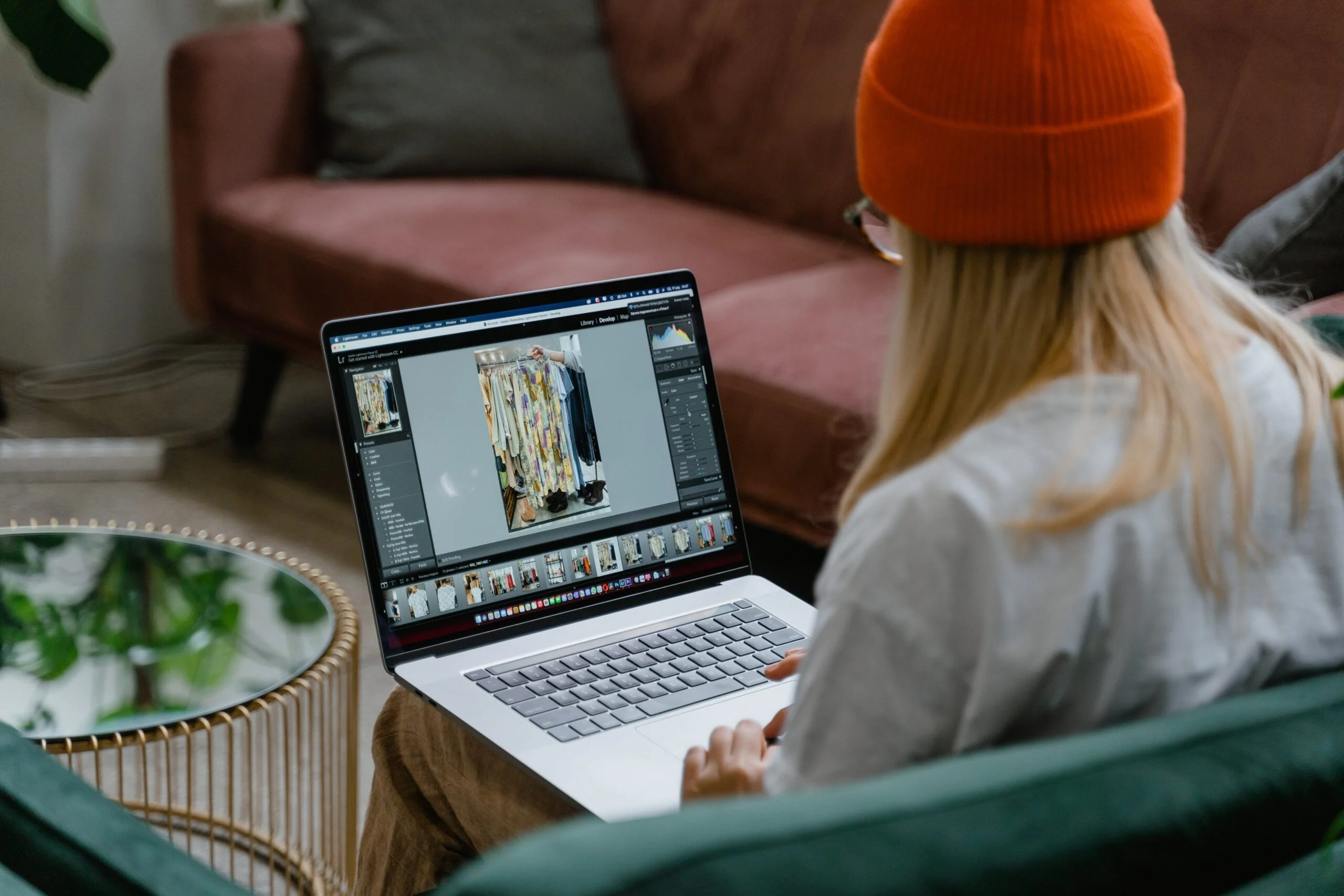Picture Proofs: The Key to Streamlined Photography Edits
Last updated on by Cody Miles

Get Started with Ashore
Transform your creative workflow with automated approvals and real-time collaboration tools.
Choosing the right photos is critical to conveying a particular message. Get it wrong, and you could undersell a product or dissuade a customer from choosing your brand.
Previously, photographers, restricted by time and resources, had to select and edit photos without much client involvement. That often led to misaligned expectations and additional rounds of edits. Thankfully, picture proofs have revolutionized this process. Clients can now weigh in on the selection and suggest edits before the final processing.
But how should photographers integrate picture proofs into their photography edits, what benefits can they expect, and how has the process evolved over time? Find out below.
Picture Proofs: The Bridge Between Photographers and Their Clients
They say a picture paints a thousand words. But choose the wrong picture, and you may begin to regret those words. The proofing process is important because it allows clients to have a say before edits are completed and images are published.
What is a picture proof?
A picture proof is a preliminary version of a photograph presented to a client before final editing and processing. Think of them as draft versions of photographs.
Photographers rely on proofs to avoid guessing at the client’s wishes. Early in the editing process, clients can select the images they like best, comment on aspects such as composition, lighting, subject matter, and overall feel, and request specific edits.
This streamlines the editing process so photographers don’t waste time on images the client will never use. And because picture proofs often include a watermark, they also protect the photographer’s work before payment.
Key Benefits
Once published, printed, or sent to a client, the photographer’s job is over. Ensuring the right photos are selected and the right edits performed is critical to a successful final delivery.
Other benefits include:
- Improved Collaboration: Fosters dynamic interaction, ensuring the final images align with the client’s vision.
- Time and Cost Efficiency: Identifies potential issues early, avoiding costly re-edits or reshoots.
- Enhanced Client Satisfaction: Active client involvement boosts satisfaction with the final product.
- Quality Assurance: Serves as a preliminary quality check for composition, exposure, and aesthetics.
- Streamlined Workflow: Allows focus on pre-approved images, clarifying expectations and saving time.
- Strategic Alignment: Ensures final images meet the client’s messaging or branding objectives.
Historical Evolution of the Picture Proof
Photographic proofs have been transformed by digital technology, the internet, and proofing software.
In the days of analogue cameras, proofing was largely the photographer’s domain. Clients might preview select photos or even undeveloped film, but most editing occurred in a darkroom. Clients gave broad direction, and photographers delivered their interpretation.
You got what you were given.
With the arrival of digital cameras and editing tools like Photoshop, it became easier to capture, share, and refine images. Photographers began offering selections for client approval before doing final edits.
As collaborative software advanced, the review process became more interactive — often involving multiple rounds of feedback — a practice that continues today.
Tips for Optimizing the Use of a Picture Proof
The challenge now is streamlining proofing to avoid endless revisions. Follow these best practices:
- Don’t Overwhelm with Choices: Curate a selection of the best shots that cover different angles and styles.
- Use Proofing Software: Keep all feedback, comments, and revisions in one organized platform.
- Be Open to Feedback: Listen carefully to client suggestions to refine the final product.
- Educate Your Clients: Help them provide specific, useful feedback on elements like lighting or framing.
- Keep Communication Open: Maintain contact after sharing proofs to clarify notes and provide updates.
Share Your Picture Proofs with Ashore
A successful proofing process requires the right tools. Whether you’re a wedding photographer, fresh from a magazine shoot, or working with business clients, having a platform for annotations and feedback saves time and increases client satisfaction.
Ashore is that platform. Built to handle every file type, including photos, you can:
- Send dozens of photos for approval in minutes
- Receive clear, timely feedback
- Track all changes and comments without messy email chains
Start your free trial today.
